Reverse Age-Related
Stiffness
in
4 Weeks or Less
Many 40-75 year-old athletes find that stretching does not improve their flexibility enough for golf, tennis, skiing, swimming, soccer or any of the other 30 sports we help athletes improve by reversing age-related stiffness with our 2-4 week Microfiber Reduction program.
In this short video, you will see a 52 year-old triathlete improve his hip and hamstring flexibility 50% during the first day of his Somax program.
Improve Flexibility Beyond Stretching
This golfer improved his average drive from 290 to 350 after we released microfibers in his arms, shoulders, back and hips. He also improved his fairway percentage from 55% to 92% and reduced his scores from the 90's to a 1.5 index---all in four weeks.
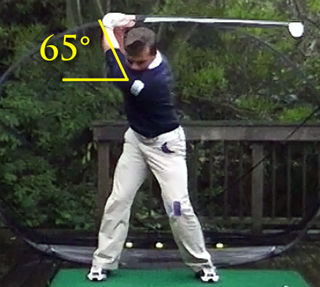
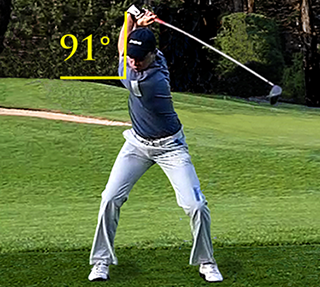
Flexibility Before Flexibility After
|
A Novel Hypothesis
Somax has developed a novel hypothesis to explain way we lose flexibility with age.
Microfibers, a mild type of scar tissue, form between the muscles as a result of stress and tension. The stresses are often physical (impact, overuse), which is why men are stiffer than women of the same age, as men participate in more contact sports (impacts) and lift more weights and do more push-ups, pull-ups and sit-ups (overuse) when young. (This is now changing, as more young women lift weights, participate in contact sports and subsequently lose flexibility with age.)
We believe that these microfibers prevent the muscles from sliding past each other in order to immobilize the area so that it can recover. They are nature's internal cast. Once the muscles have recovered, the microfibers not only do not go away, they tend to accumulate over time, making people stiffer with age.
Improve Flexibility Beyond Stretching
Microfiber Reduction (MR) is a special form of connective tissue massage developed by Somax to improve flexibility far beyond what stretching alone can do.
By releasing microfibers that have develop in the connective tissue between the muscles, the Somax Microfiber Reduction program can reverse stubborn age-related stiffness in golfers, tennis and soccer players, runners, cyclists and other athletes who have lost flexibility that they have not been able recover with stretching, yoga or conventional massage.
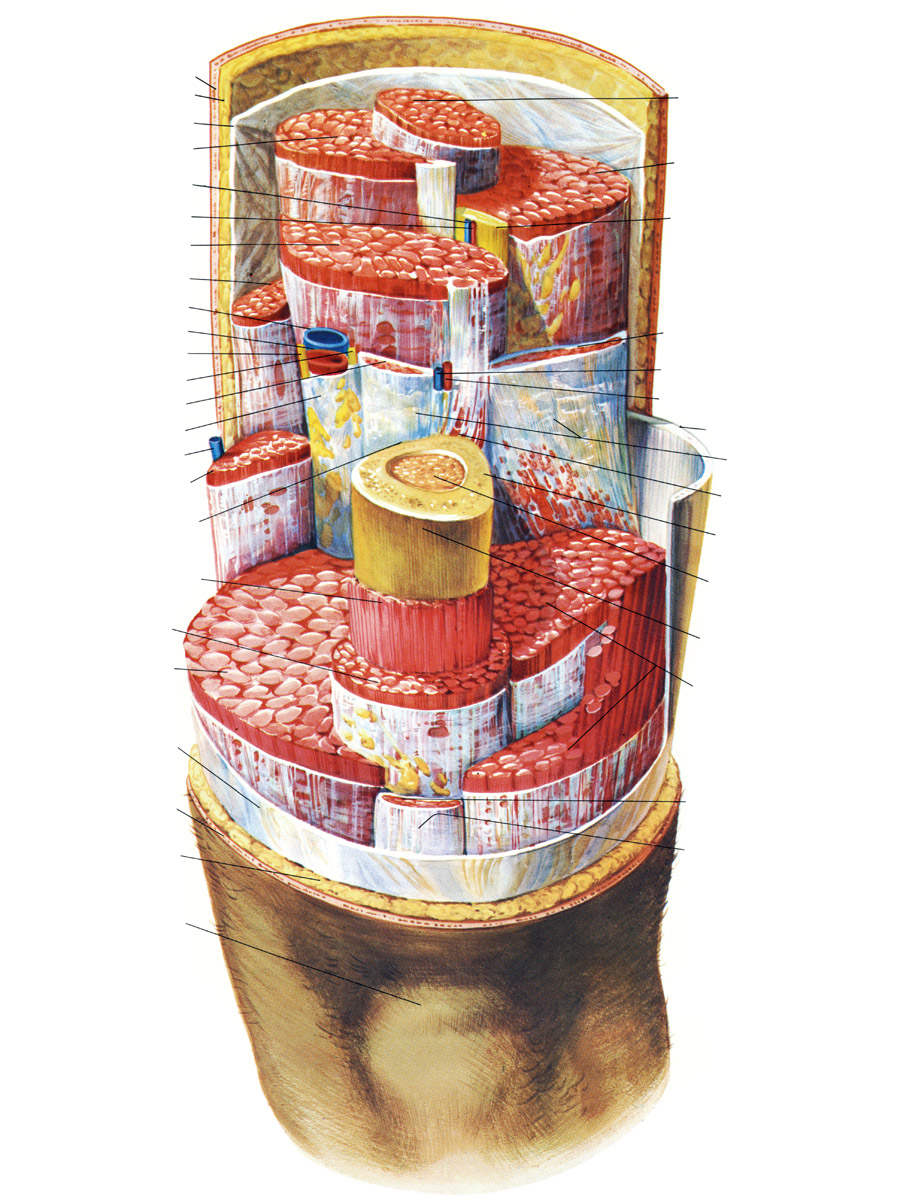
The muscles are in red and the white membranes around each and every muscle are connective tissue. Inside the body, muscles never actually touch each other. The membrane around one muscle slides against the membrane of the adjacent muscle. The role of the connective tissue is to facilitate movement between the muscles. Microfibers form in between the connective tissue membranes to immobilize the muscles so that they can recover from impact or overuse. Once the muscles have recovered, the microfibers not only do not go away, they tend to accumulate over time, making people stiffer with age.
As muscles tense, microfibers (small connective tissue fibers) immediately form. The microfibers are like an internal cast. They form to immobilize the area so that it can repair. Connective tissue, however, is not very bright. It can't tell the difference between a broken bone and a bad day. As soon as muscles tense, microfibers start to form.
By restricting flexibility, microfibers limit how athletes can move. This makes them less efficient in their sport and often leads to chronic injuries as microfibers also change the way they move.
|
Microfibers form as a result of normal stress.
Stress
Stress can be physical, such as normal impacts in football, hockey, soccer, baseball, and basketball, as well as injuries, accidents, illness, or over-use (running, lifting weights, sit-ups, pull-ups, push-ups). It can be mechanical, such as carrying briefcases, golf bags and backpacks on one side. Or it can be family or job stress, the stress of grad school, or the normal stresses associated with running a business.
Tension
Our most common response to stress is to tense our muscles. Often we are not aware of this tension.
In more stressful situations such as football impacts or car accidents, for example, the brain immediately releases endorphins to prevent shock and dull pain. Endorphins are 400 times stronger than morphine. As a result, we are often unaware of either the magnitude of the impact, or how much we have tensed our muscles.
This is a common phenomenon. While watching post-game films, professional football players are often surprised to see the hits they have taken during the game. They simply did not remember these impacts, as their brains were flooded with endorphins.
We also tense our muscles out of habit, such as holding our breath or tensing our shoulder muscles.
We have found that tension does not dissipate once the stress has past.
Microfibers
As muscles tense, microfibers (small connective tissue fibers), immediately form. The microfibers are like an internal cast. They form to immobilize the area so that it can heal. Connective tissue, however, is not very bright. It can't tell the difference between a broken bone and a bad day. As soon as muscles tense, microfibers form.
Once microfibers have formed, they cannot be released by stretching.
Microfibers not only do not go away, they tend to accumulate over time. This gradual accumulation of microfibers over time is what makes people get progressively stiffer as they get older.
Loss of Flexibility
Microfibers restrict movement. They are so small that they cannot be felt or seen by x-rays or MRI. The only way to know if you have microfibers is to measure your flexibility and then stretch. If there is no measurable improvement with stretching, then you know that your muscles are locked together with microfibers.
As microfibers are released by Microfiber Reduction (MR), improvement is immediate and dramatic as you can see in the video above. It feels just like someone has removed a cast from that area. You feel a freedom of movement that you only dreamed about. This new flexibility will improve your sports mechanics, posture and ability to expand your chest while breathing.
Once microfibers are released, they are gone for good. However, new microfibers may form if there is residual tension in the muscles. For this reason, we combine Microfiber Reduction with our Tension Reduction exercises. For most clients we also recommend our Stress Reduction program to get rid of any lingering stress.
|
Before and After Photos of Microfiber Reduction
Here are just a few examples of the improvement in flexibility beyond what our clients were able to get with stretching alone. For more examples, go to Clients and Testimonials.
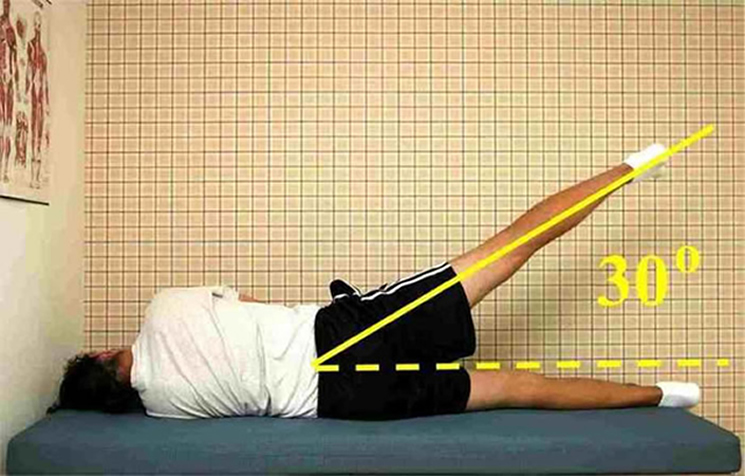
Leg Abduction Before
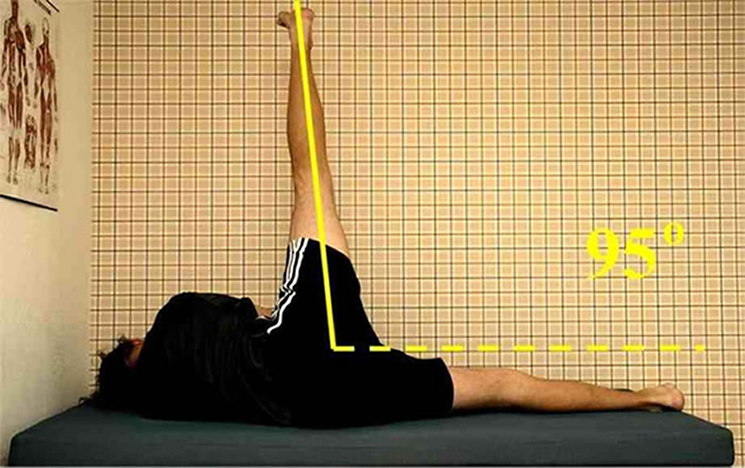
Leg Abduction After
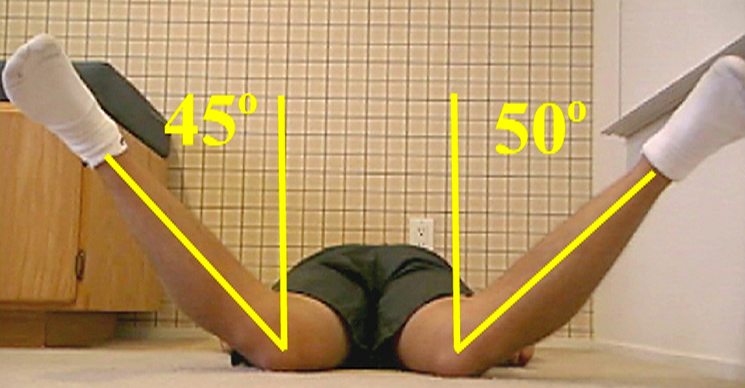
Internal Hip Rotation Before
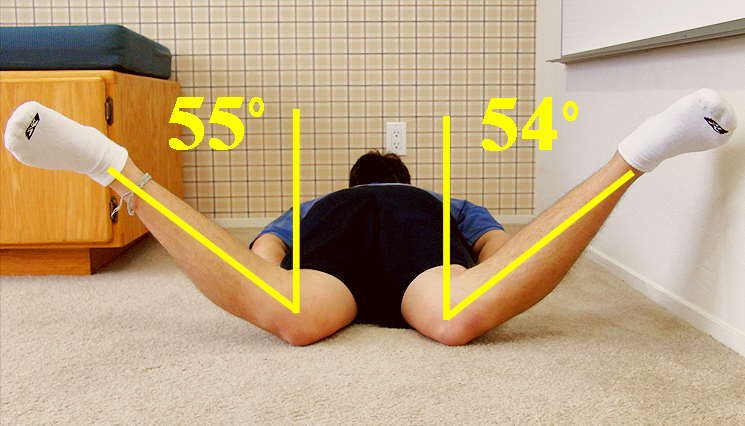
Internal Hip Rotation After

Arm Flex Before
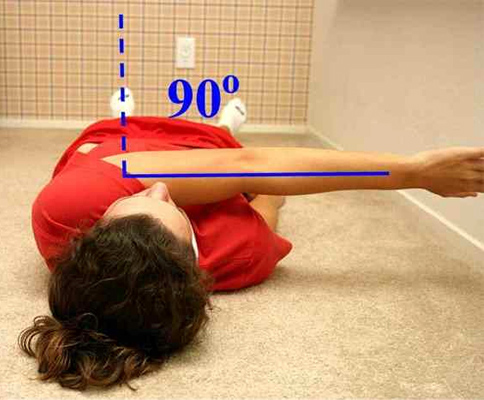
Arm Flex After
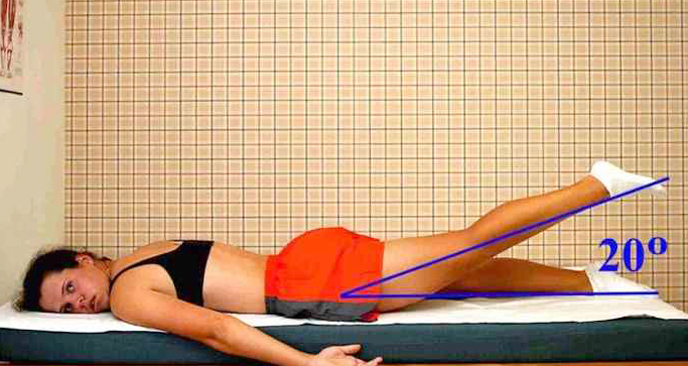
Hip Extension Before
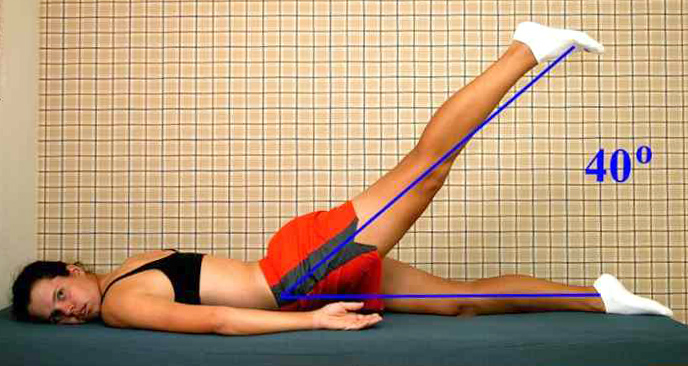
Hip Extension After
Microfiber Reduction (MR) is available only at Somax.
The fee for Microfiber Reduction is $450 an hour at our headquarters in Tiburon, CA, as part of our flexibility and video motion analysis program. We recommend you start with our Day at Somax.
The subsequent minimum program is 30-120 hours, depending on how much flexibility has been lost. The length of program you will need will depend on your current state of flexibility and can be estimated by measuring certain key ranges of motion. Please contact us for more information.
Clients and Testimonials
You can see how Microfiber Reduction (MR) has improved flexibility and athletic performance by going to Cients and Testimonials, Golf, Swimming, Baseball, Running, and Tennis.
You can see our special form of sports motion analysis at Videoanalysis of Top Athletes.
|



